Typically I prefer to carry minimal photographic equipment when I am out to make a series of photos or portraits. If I’m on assignment for a client or creating new stock photos I will take more gear with me so as to better cover any challenging situations that may arise. One of my favorite accessories I have come to rely on is a small collapsible softbox for my flash.

Day time use of a small softbox can help to even out shadows on your model’s face.
Unmodified flash tends to be pretty harsh. A strong burst from a small light source produces some ugly shadows and extreme highlights. Whether your flash is on or off camera if the light is direct and unfiltered the results you see will be unnatural looking. I’ve experimented some with various small flash modifiers and not found any that produce pleasing light, mostly because of their size. They are too small to produce a reasonably even, soft light.
Pop-up Softbox
My pop-up softbox is just 60cm (about 2 feet) square, lightweight, and very portable. Having someone to assist with it is helpful, so it can be easily positioned just where you want, but I have often used it on location mounted on a light stand. Placing the flash in the mouth of the softbox effectively increases the output size of the light and softens it with two nylon diffusers. The light from your flash will be scattered, resulting in softer shadows and reduced highlights.
Night Portraits

Adding a soft light to night time portraits can create evenly lit photographs.

Photographing portraits at night can be challenging, especially if you have to rely on available light. Adding a light source you have some control over, will make night portraiture a much more enjoyable experience. Often at night, available light sources will not provide a pleasant, even light for your subject and direct flash will produce unflattering results. Using a softbox to spread and soften the light will avoid hard edged shadows and blown out highlights.
Often at night, available light sources will not provide a pleasant, even light for your subject and direct flash will produce unflattering results. Using a softbox to spread and soften the light will avoid hard edged shadows and blown out highlights.
Indoor Portraits

Adding a soft light to one side of my model has helped brighten up the scene.

Likewise, when photographing indoors and relying on available light, it can be challenging to achieve pleasing results. By adding a soft light to your subject you are able to create natural looking images.
The slightly larger surface of the softbox throws light over a wider area so more of your subject is affected and also some of the surroundings will benefit from a little more illumination.

Careful flash output and exposure setting have enabled me to capture this traditional Thai new year blessing activity effectively.
Outdoor Daytime Portraits
Outdoors, during the day, is when I enjoy using this softbox the most. Having an additional light source that’s powerful enough without being too harsh can help you make portraits that look natural. Being able to reduce shadows by adding a soft fill light will produce a much more flattering result than if you are using an unmodified flash or relying only on available light.
Balance is the Key
I have found manually setting my flash output gives more consistent results than setting it on TTL or other automatic settings. Being in control of the output will allow you to balance the nice soft light from the softbox with the available light. This is important if you want to produce natural looking photos. If your flash produces too much or too little light it will overpower the ambient light or have little to no effect.
I used to use an external light meter to measure the ambient light and then set my flash so it was producing an equivalent output. Now it’s easy enough to just use the information your digital camera provides on the screen, the histogram and blinkies. With a little trial and error, it does not take long to find a setting that gives you a good exposure.

Using the flash and softbox to balance the back lit subject with just the right amount of filtered light.
Light Position and Background
At times you might want to balance the flash so that the background remains very bright and your subject is still pleasantly lit. Dialing in the flash output to slightly less than the value of the background illumination will achieve this when your camera’s exposure is set for your model’s skin, (which is being lit by your flash).
Think of your softened flash as a second light source. Position your model so the brightest ambient light source is behind them and place your softbox to one side in front of them. This can result in studio-like portraits. Again, in this situation, balance is the key. Too much or too little output from your flash will create an unbalanced light and an unnatural looking photograph.

Filling in with a strong, soft light when the light behind your subject is strong can provide very natural looking portraits.

The softbox was positioned to camera left for this shot.
Modify for Success!
Many of our students avoid using their flash, mostly because they have failed to achieve good results in the past. A small, direct light source is rarely going to provide pleasing light. Using a small softbox to modify the light from your flash and learning to balance that with the ambient light, will help transform your portraits.
As always, when you are trying some new technique with unfamiliar equipment make sure you can afford to make mistakes. Making mistakes is a great way to learn, but you don’t want to do that when you have someone relying on you for the photos. Practice when the only consequence of messing up is that you’ll learn from your experience and not let someone else down.
The post How to Use a Small Softbox With Your Flash to Transform Your Portraits by Kevin Landwer-Johan appeared first on Digital Photography School.

















































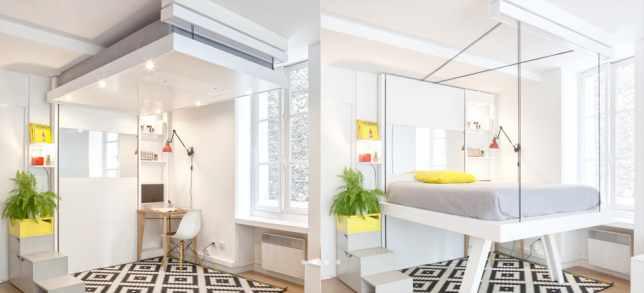
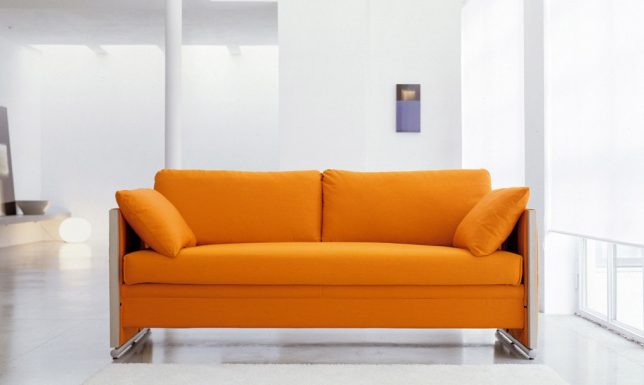
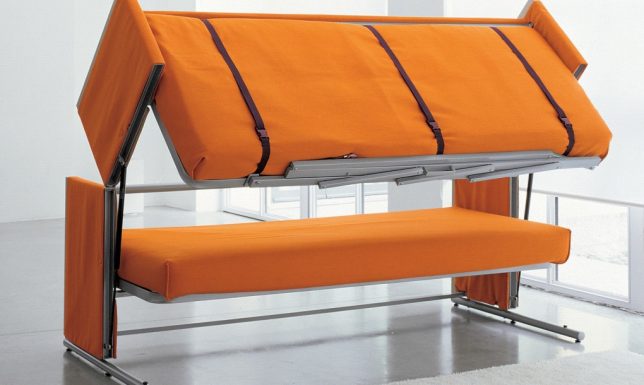
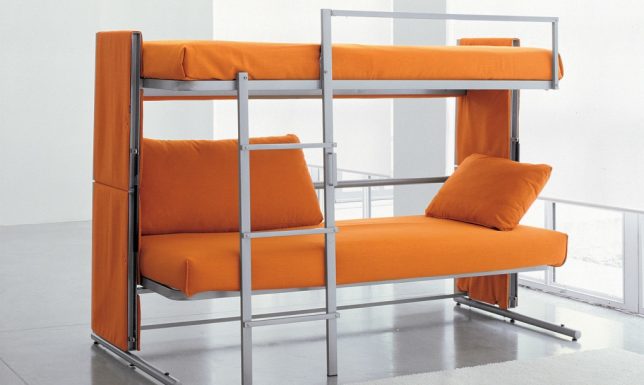
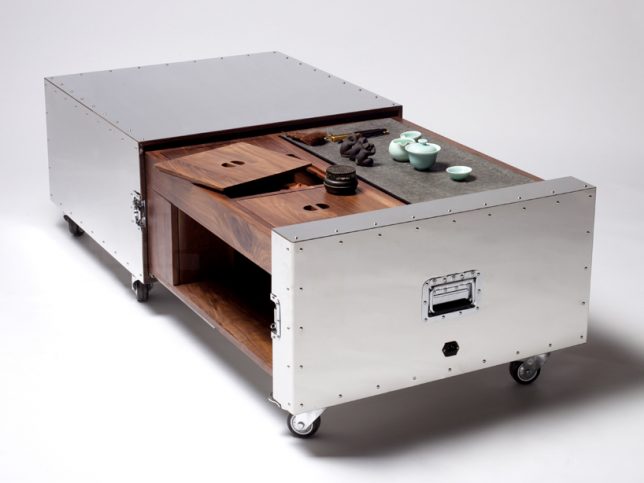
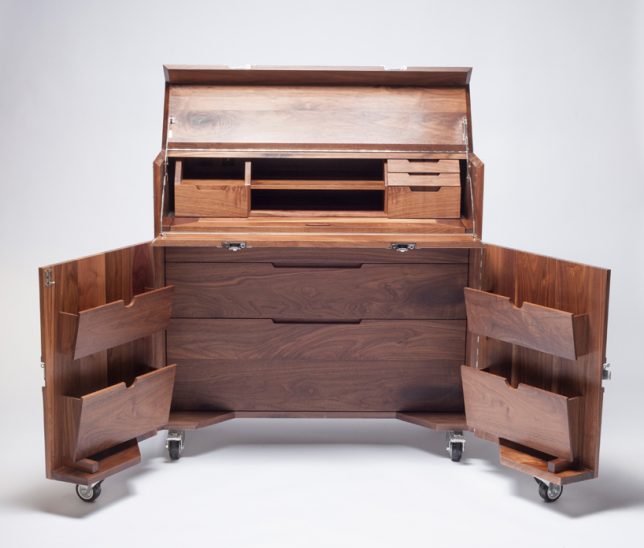
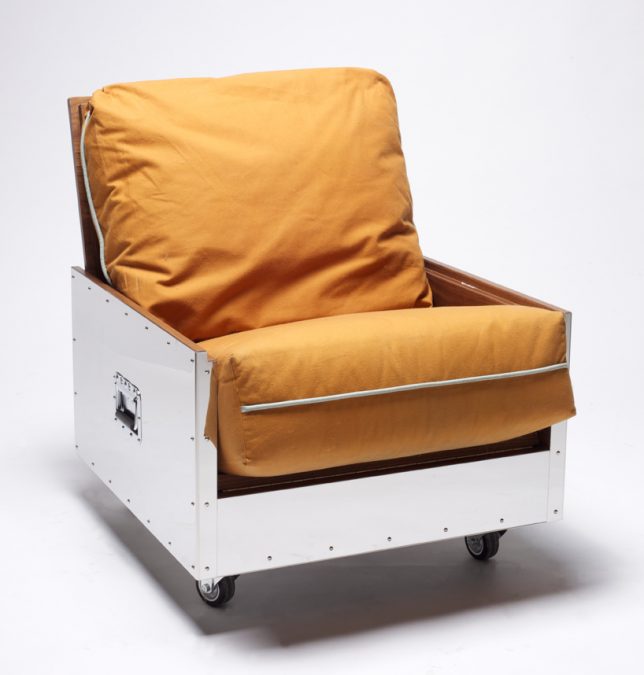
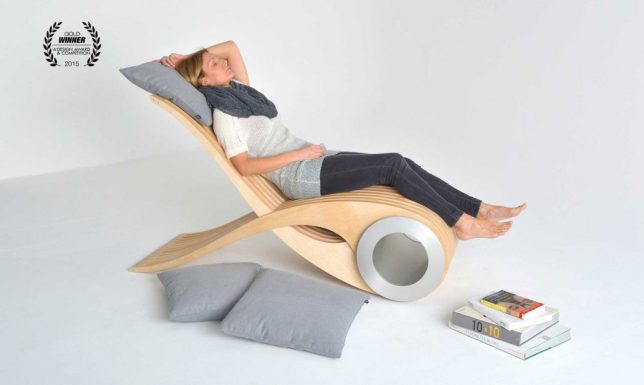
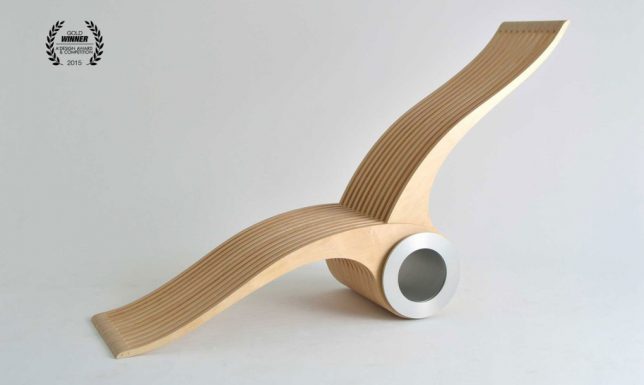
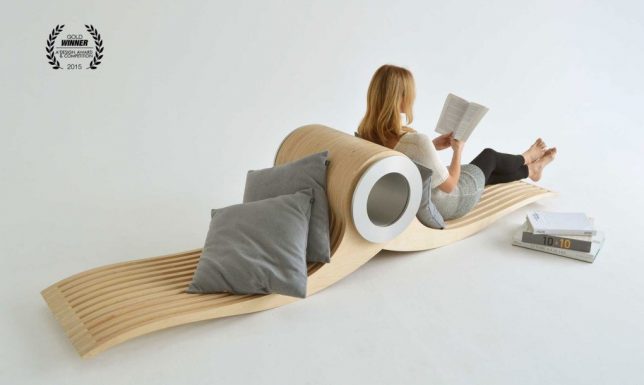
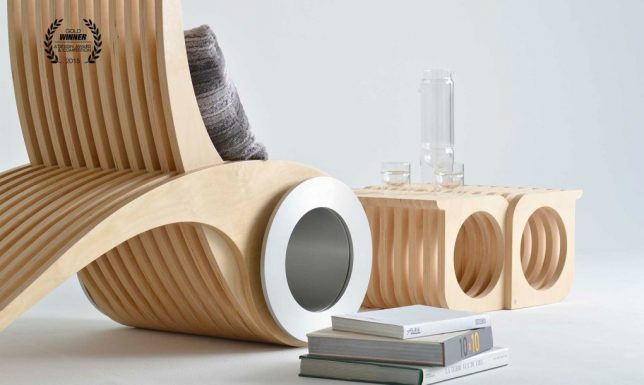
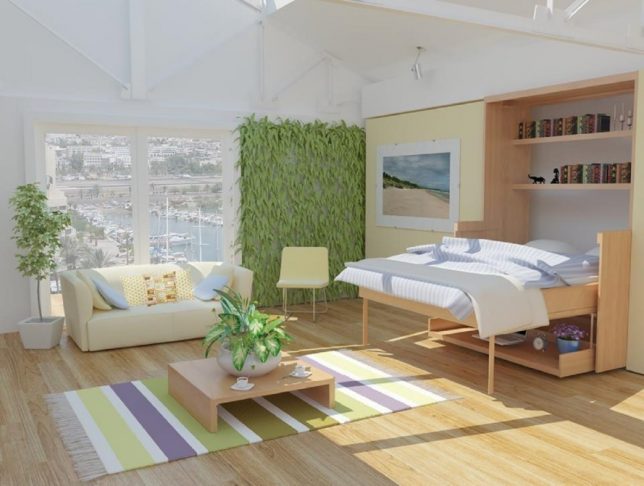
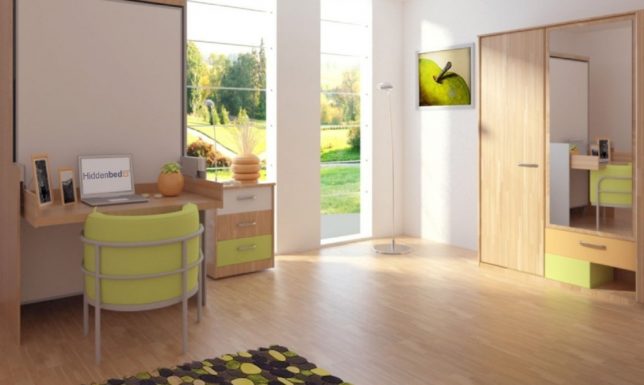
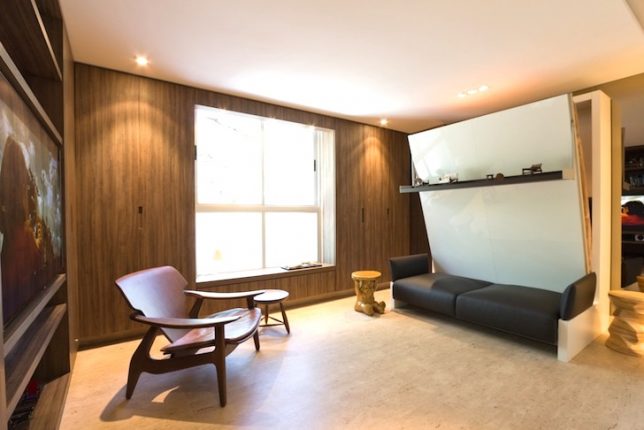
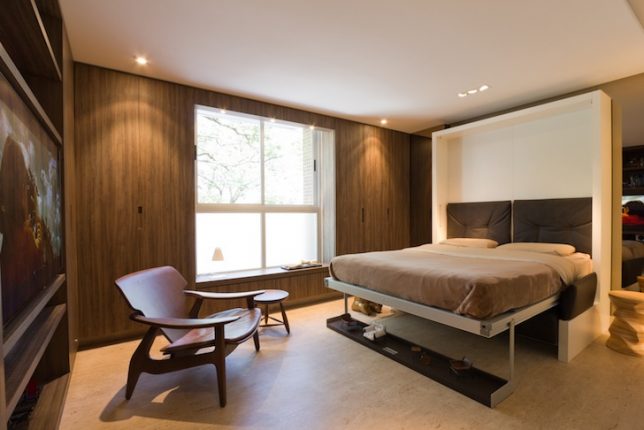
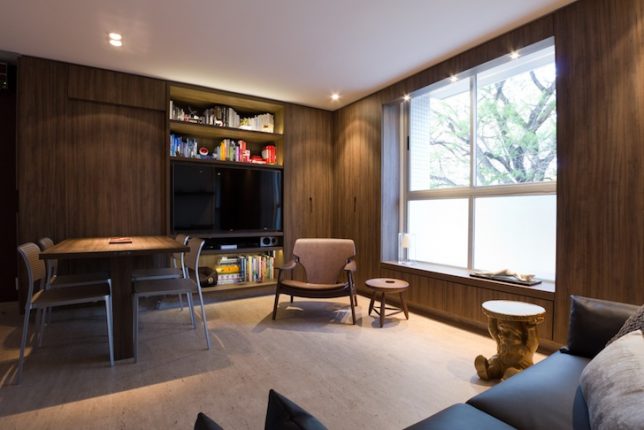
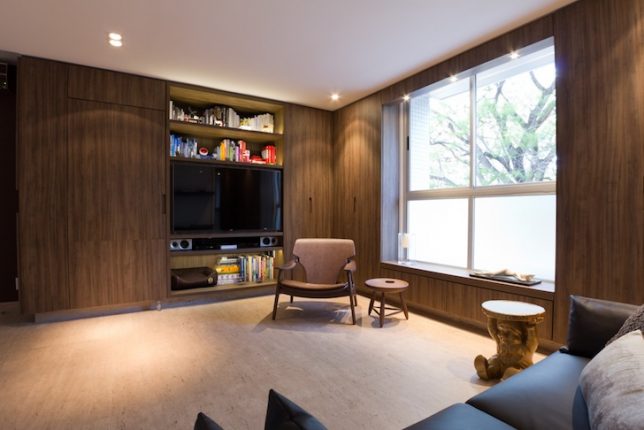
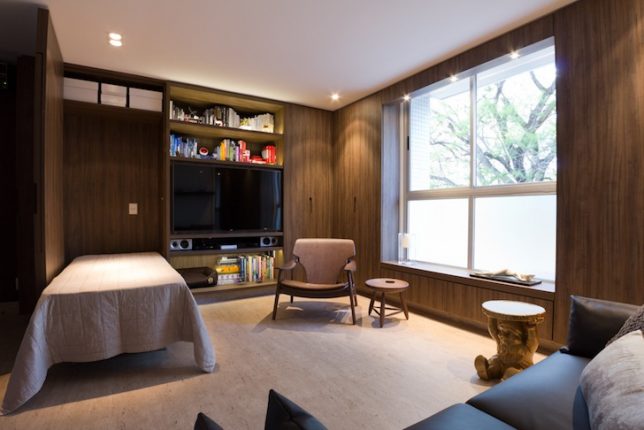
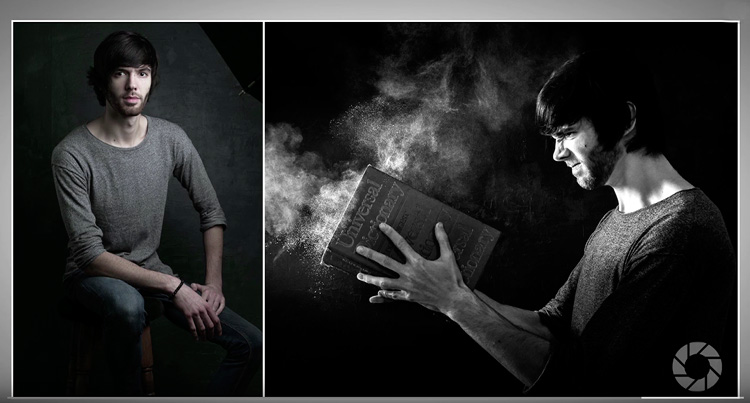
You must be logged in to post a comment.